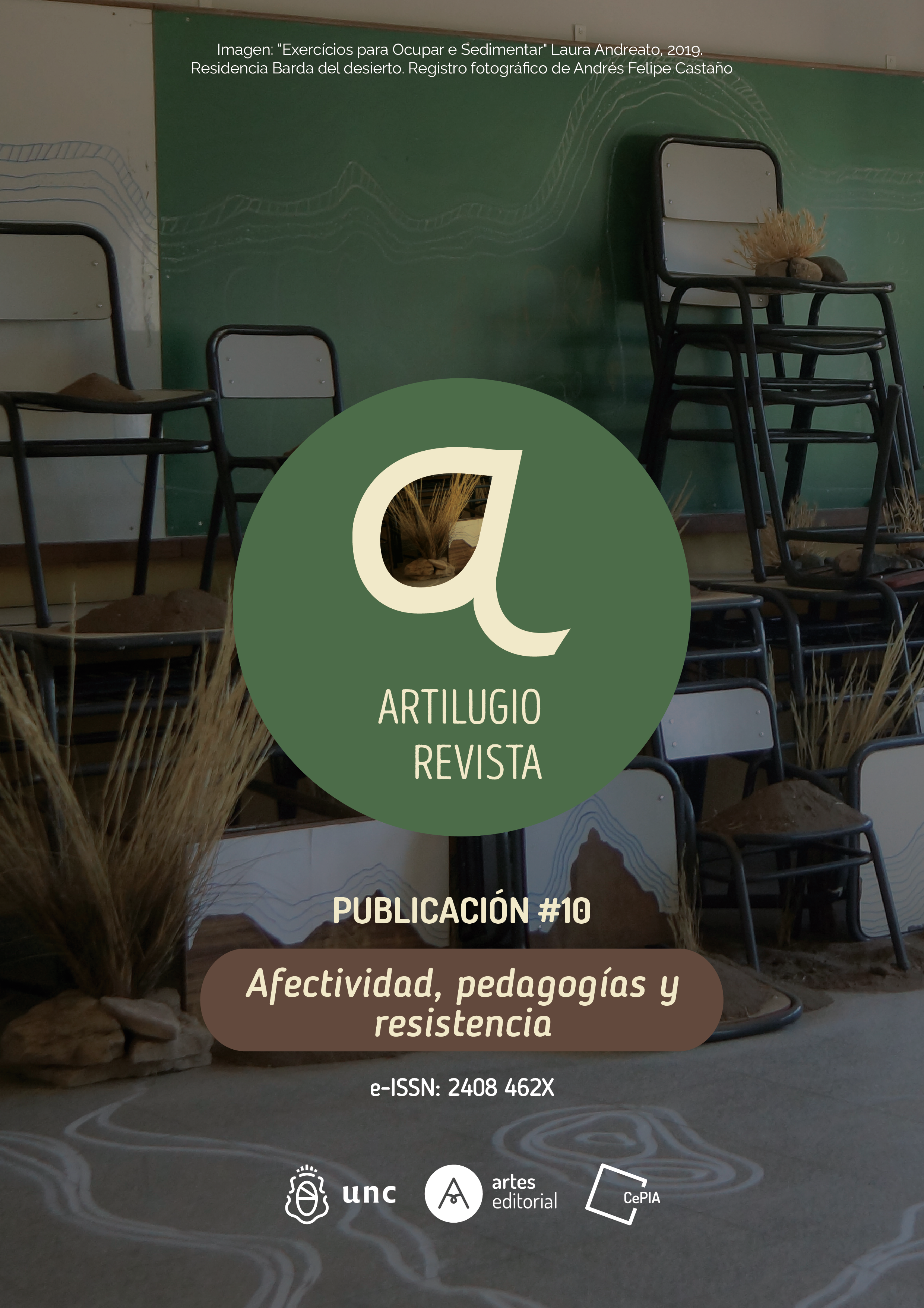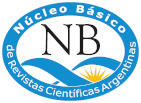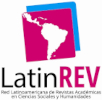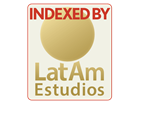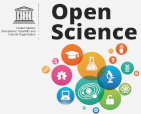Questions that weave landscapes: towards a pedagogy for feeling-thinking-together
DOI:
https://doi.org/10.55443/artilugio.n10.2024.46253Keywords:
digital image, contemporary art, methodology, art educationAbstract
This article delves into the pedagogical methodologies employed during the three virtual meetings that were part of the collective art project Tentocular Landscapes. Specifically, it focuses on the affective dynamics of using questioning as a structuring element in dialogues amid the current context of ecosocial collapse. Drawing upon concepts developed by Paulo Freire, Antonio Faundez, Vinciane Despret, Donna Haraway, and Brian Massumi, among others, the analysis explores the effectiveness of using questioning and image-word interactions to facilitate collective dialogue around image and territory. We will review how the question, which later transformed into an image, was crucial to stimulate exchanges and listening among participants. This, considering that the objective of the meetings was to reflect on creative processes with, from, and in territories. Thus, we inquire into how these questions transform the dynamics of interaction, becoming visual responses that transcend mere digital communication. In summary, this article examines the use of questioning as a pedagogical and affective tool, through the three images-question designed to catalyse online meetings between artists, collaborators, and participants. The objective is to imagine possibilities for survival beyond the end through our artistic practices.
Downloads
References
Acosta, A. (2022). Diálogos feministas encarnados-situados: Resignificando nuestros espacios de producción de conocimiento y nuestras prácticas de subjetivación. Revista Disertaciones, 11(2), pp. 7–27.
Bridle, J. (2023). Ways of being: animals, plants, machines: the search for a planetary intelligence. New York: Picador Books.
Cerezo, B., Montero, M-R. y Rojas, C. (2024). Paisajes Tentoculares. Santiago de Chile.
Despret, V. (2022). Habitar como un pájaro: modos de hacer y pensar los territorios. Buenos Aires: Editorial Cactus.
de Pinho Valle, L. (2017). El ecofeminismo como propulsor de la expansión de la racionalidad ambiental (C. Sinibaldi, trad.). Ecología Política, 54, pp. 26-34.
Escobar, A. (2014). Sentipensar con la tierra, nuevas lecturas sobre desarrollo, territorio y diferencia. Medellín: Ediciones Unaula.
Flusser, V. (2000). Towards a philosophy of photography. London: Reaktion.
Freire, P. y Faundez, A. (2013). Por una pedagogía de la pregunta. Crítica a una educación basada en respuestas a preguntas inexistentes. Buenos Aires: Siglo XXI Editores.
Haraway, D. (2016a). Manifiesto de las especies compañeras. Buenos Aires: Sans Soleil.
Haraway, D. (2016b, septiembre). Tentacular Thinking: Anthropocene, Capitalocene, Chthulucene. E-flux Journal, 75. https://www.e-flux.com/journal/75/67125/tentacular-thinking-anthropocene-capitalocene-chthulucene/
Haraway, D. (2019). Seguir con el problema: generar parentesco en el Chthuluceno. Bilbao: Consonni.
Kristeva, J. (1980). Powers of Horror: An Essay on Abjection. New York: Columbia University Press.
Leff, E. (2004). Racionalidad Ambiental: La Reapropiación Social de la Naturaleza. Mexico: Siglo XXI Editores.
Massumi, B. y Zournazi, M. (2013). Navigating Movements. En T. Baudoin, F. Bergholtz y V. Ziherl (eds.), Reading/Feeling (pp. 105-128). Amsterdam: If I can't dance I don't want to be part of your revolution.
Merchant, C. (1980). The death of nature: women, ecology, and the scientific revolution. San Francisco: Harper & Row.
Mitchell, W. J. T. (1994). Landscape and power. Chicago: University of Chicago Press.
Mies, M. y Shiva, V. (2016). Ecofeminismos. Barcelona: Icaria.
Mignolo, Walter (2014, August 7). Decolonial aesthetics/aesthesis has become a connector across the continents. Contemporary And. En http://www.contemporaryand.com/magazines/decolonial-aestheticsaesthesis-has-become-a-connector-across-the-continent/
Mignolo, W. (2011). The darker side of Western modernity: Global futures, decolonial options. Durham: Duke University Press.
Puig de la Bellacasa, M. (2017). Pensar con cuidado. Concreta, 9, pp. 26-47.
Taylor, K. (2008). Landscape and Memory: cultural landscapes, intangible values and some thoughts on Asia [Conference or Workshop Item]. 16th ICOMOS General Assembly and International Symposium: ‘Finding the spirit of place: between the tangible and the intangible’. Quebec, Canada.
Downloads
Published
Issue
Section
License
Copyright (c) 2024 Belén Cerezo, María Rosario Montero

This work is licensed under a Creative Commons Attribution-NonCommercial-ShareAlike 4.0 International License.

